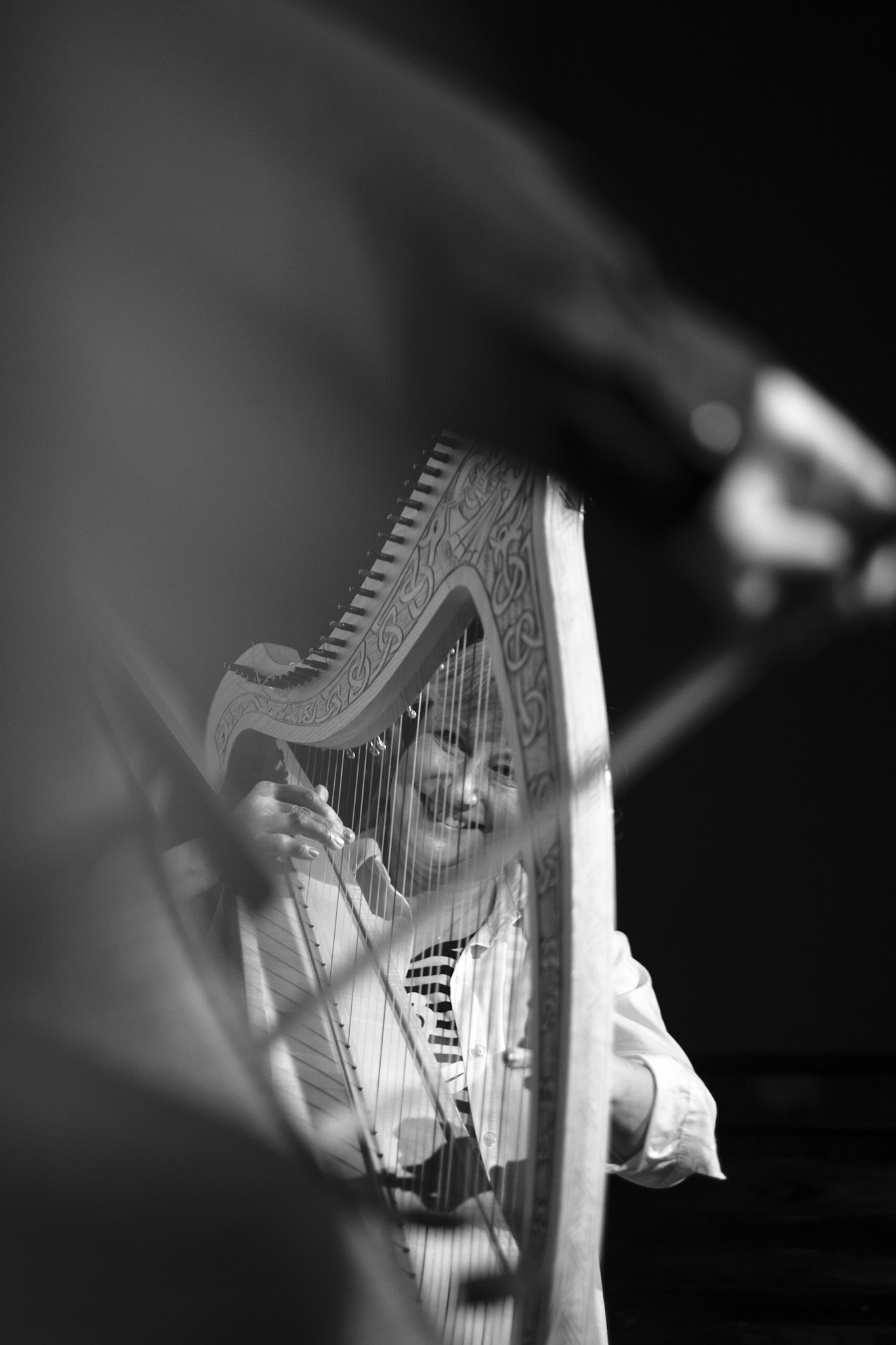A crippled beauty - Fujifilm X-Pro3 review
If you follow my blog you probably know that I love Fujifilm cameras. I keep talking about my history with them ever since my first X-A1 or X-Pro1 almost a decade ago. And almost every story there is a positive one. Hell, my X-Pro2 review came out five years ago and it is still the most visited page on my website with thousands of newcomers every month. And rightfully so. That camera was a great hit that is still very valid today. Moreso thanks to its used price. However, I’m afraid I can’t say the same about the successor mentioned in the title. At least not for me anymore. But I’m getting ahead of myself. Let’s start at the beginning.
Beautifully designed
The X-Pro3 builds on the design of its predecessors and tries to be different from the competition. Not just that, it tries to get back to the roots of photography. The rangefinder-like design is back with its optical/electronic hybrid viewfinder, analogue dials, threaded shutter button, and retro look. The body is made of titanium compared to the previously used magnesium alloy. Titanium is much tougher. Fujifilm promised even stronger durability than the X-Pro2. It is however easier to scratch, so a new set of finishes was introduced called Dura Black and Dura Silver with special scratch-resistant coating. I’m not going to lie, the cameras are beautiful. Regardless of which finish you pick. I had the Dura Black which wasn’t fully black, more like gunmetal grey with a matte texture. It was a little prone to smudging, but it definitely stood out.
The LCD elephant in the room
Fujifilm wants you to stop chimping. So much that they took your screen away only to return it after class. The LCD is mounted on a simple hinge mechanism allowing you to only see it fully folded out underneath the rest of the camera. There’s no way to use the screen in a standard way. Once you close the hinge, the screen faces inward. The reason for this was apparently to return to the “good ol’ days” of film cameras. The idea was interesting and I see the reasoning behind it. I often even enjoyed using it unfolded at 90 degrees as a waist-level finder. But it did have some serious downsides. Firstly it was a pain in the ass to shoot vertically. My wrist constantly covered the screen when I tried shooting using the back screen. Using a tripod was even worse. My quick-release plate prevented the screen from folding out fully which made it really awkward trying to frame anything in portrait orientation. The only way to frame a vertical shot was to use the phone app with live view. Truly a pure photographic experience from the good old days.
The back of the LCD has a smaller screen which is always visible. This tiny sub-monitor allows you to display either the exposure information or a colour image of your current film simulation along with your ISO. It’s a neat little feature. However, I haven’t even mentioned the biggest issue with this design.
If you want to check your images you have to fold the screen out, if you want to shoot through the screen you have to fold it out, if you want to change any menu settings you have to fold out the LCD. It’s either that or use the electronic viewfinder for all of these. That is a lot of closing and opening. The flat cable connecting both of the screens to the rest of the body can only take so much abuse. I’ve seen many X-Pro3s in my life since they came out. I’ve never seen so many faulty cameras with the same exact issue before. Even my own X-Pro3 had a faulty screen. The issue has become so prevalent that there was apparently even a class action lawsuit happening across the pond in the states. I mean, Americans love their courtrooms, but I’m honestly not surprised.
The internals have the potential
Just like the rest of the 4th generation of Fujifilm X series cameras, the X-Pro3 runs on the same X-Processor 4 as well as the 26-megapixel X-Trans 4 sensor. Same as the X-T3, X-T4, X-S10, X-E4 or the beautiful and hopelessly unavailable X100V. It has the same level of weather sealing as the X-T4, it takes the same cards thanks to its dual SD UHS-II card slots it should technically be the same camera on the inside if you disregard the missing IBIS. So why isn’t it?
Firstly it’s the autofocus system. Of course, X-T4 came out later than the Pro3. It makes perfect sense for it to have superior AF capabilities. The technology keeps getting improved. But why did the X-T3 get updated with that AF system whilst the X-Pro3 got left behind? Even though the X-T3 is older. Why is it that the main improvements within the later firmware updates are being sent out to the X-E4, X-T30, X-T3, and X-T4 but the X-Pro3 doesn’t get them? It just leaves the owners disappointed. Myself included. Fujifilm has always been hailed as the best in class when it comes to firmware updates, but owning the X-Pro3 has made me doubt that on numerous kaizen releases.
Fujifilm giveth and Fujifilm taketh
Of course, the camera is in many ways better than the older X-Pro2. It focuses considerably faster, it offers more colour options within the beautiful files, it has a faster and sharper electronic viewfinder, it can finally charge internally, it shoots faster, and it even looks better in many regards. But it has also lost a couple of features for seemingly strange reasons. For example, the optical viewfinder can no longer zoom to accommodate your lens. The side of the camera has lost the sync port and the HDMI port. Most unfortunately though Fujifilm has omitted the menu/D-pad on the back. Those four functional and programmable buttons are super useful on the X-Pro2 and not having them here is definitely a downgrade.
Some decisions that went into making this camera just made me wonder what the thought process was. Especially considering it was supposed to be the premium model and the most expensive one of the generation.
Do I regret having it?
Definitely not. It was a beautiful camera with great image quality, lovely Classic Negative film simulation, premium Dura Black finish, fast shutter rate, decent AF if you don’t compare it to the tracking capabilities of its peers within Fujifilm, and manageable battery life. I could easily squeeze roughly 1000 shots out of a single charge.
Do I regret selling it though?
Definitely not either! The X-Pro2 and X-T5 I currently use are a perfect combination without the hassle of the X-Pro3. It was lovely to have and the price I originally bought it for was a steal, but I guess that was the only reason I got it in the first place. It was the only camera that made me experience buyer’s remorse within the first week of my purchase.
Well, apparently it has been officially discontinued so I’m curious whether Fujifilm has realised what went wrong and whether the next generation of the X-Pro series will fix all of these issues.
I’d wait it out
If you’re planning on buying one I’d wait it out. It still costs more than the X-T4, which is considerably better. It still hasn’t received a proper update to its AF system to keep up with the X-T series. It still has issues with the screen giving out, and it still doesn’t offer that much of an image quality increase compared to the older X-Pro2.
However, if you already have one and disagree with everything I just said I’m super happy for you. It still is a lovely camera to have and it can get some amazing work done. Just look at what I shot with it over here at The Futile War. It’s just not for me anymore. I’m just optimistically looking towards what the X-Pro4 will bring seeing what my X-T5 can do currently.































